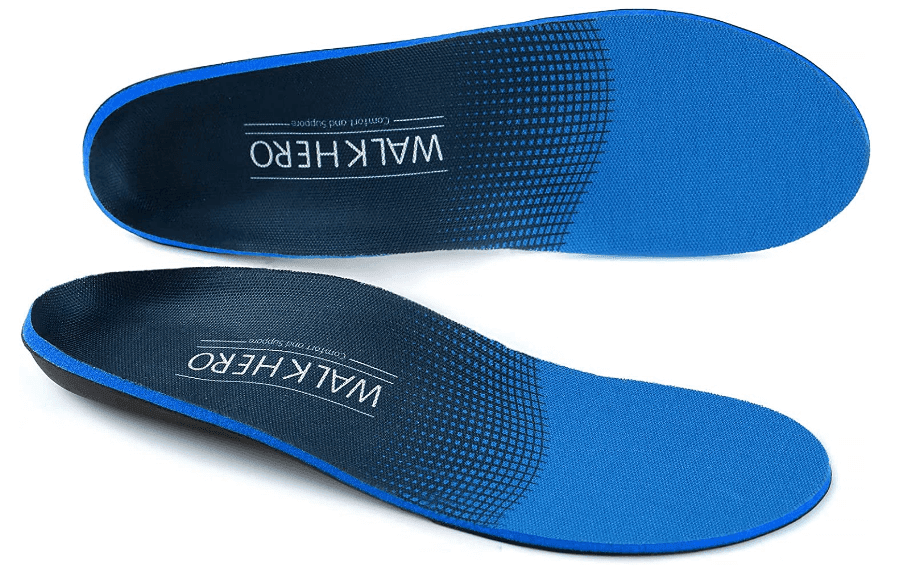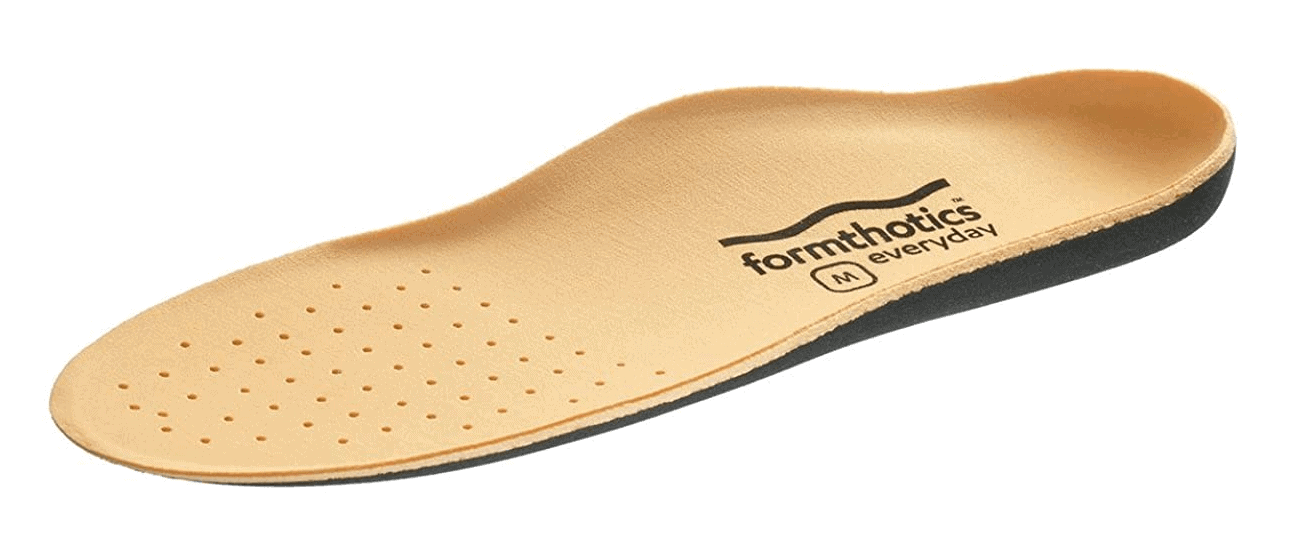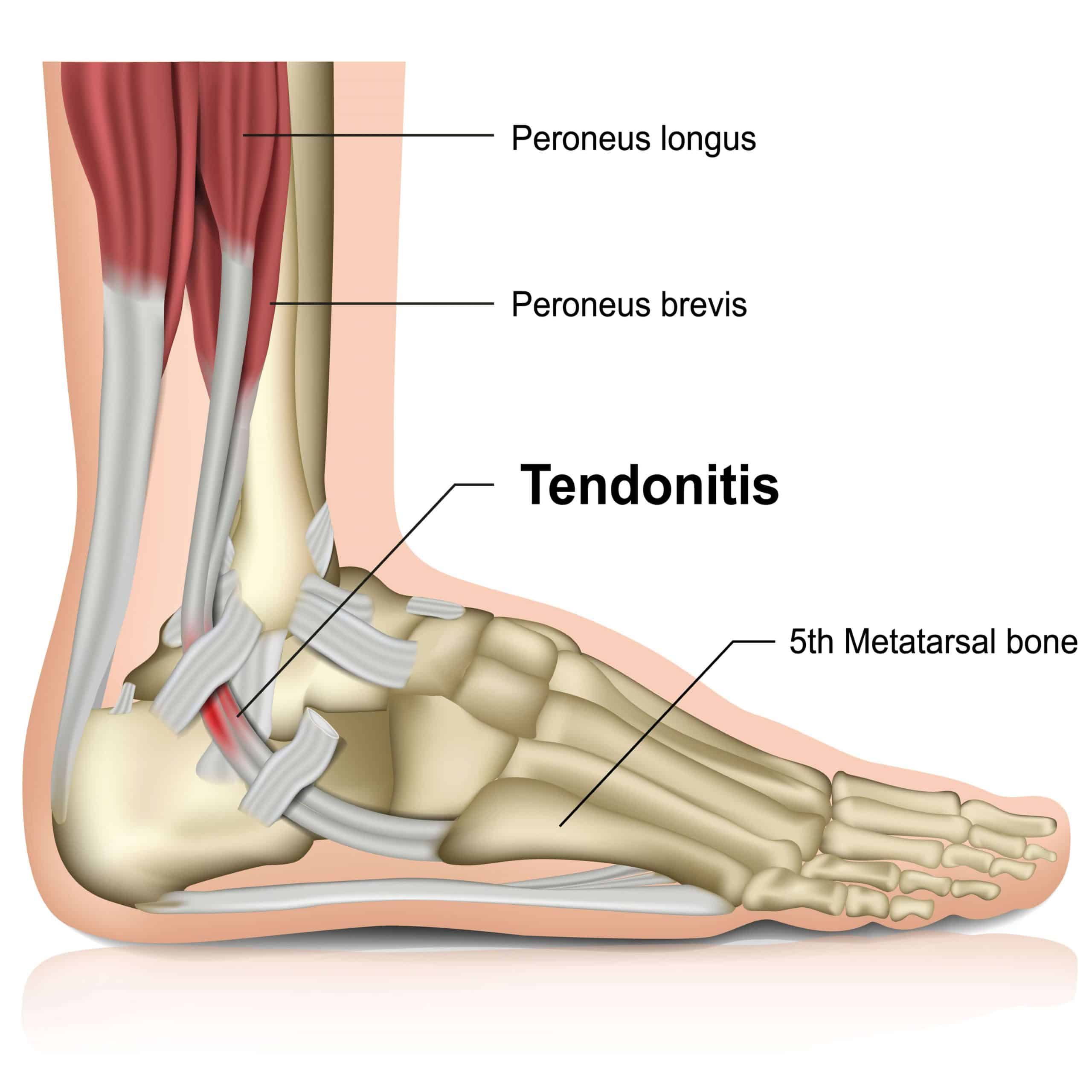Read More >
- Anterior Ankle Impingement - July 24, 2022
- Tarsal Coalition - October 12, 2022
- Sural Nerve Pain - October 3, 2022
Peroneal Tendonitis is a condition marked by inflammation and pain with activities such as walking and running. Footwear, exercises and education play a vital role in managing this condition, alongside using orthotics and shoe inserts for pain relief.
Biomechanical factors in your gait can lead to an overload in the Peroneal Tendons, and certain insets can help to offload the outer ankle and reduce the force and stress placed on the Peroneals.
We are specialists in prescribing orthotics and custom insoles for Peroneal Tendonitis. We will use this article to provide the best inserts and orthotics you can buy on Amazon to help you with your symptoms.
James McCormack is a Physical Therapist who specialises in Foot and ankle injuries. james-mccormack.com participates in the Amazon Services LLC Associates Program, an affiliate advertising program designed to provide a means for sites to earn advertising fees by advertising and linking to Amazon.com. Earnings from this programme allow us to create free-to-read content without affecting the price of the products that we recommend.
Best Orthotics and Inserts for Peroneal Tendonitis

Best Inserts for Peroneal Tendonitis
The best inserts for Peroneal Tendonitis should be semi-rigid inserts with a firm cushion underneath and are full length. Semi-rigid inserts help to control the motion of the foot and ankle in the transverse and coronal plane, which is one of the main biomechanical causes of Peroneal Tendonitis.
Hard cushioning acts as a shock absorber of the vibration from the ground while limiting ankle movement. A full-length insert stops it from moving within the shoe; this is important to reduce the risk of blistering.
We recommend the WalkHero shoe inserts to our patients who have Peroneal Tendonitis.
Buy WalkHero Insoles
Best Orthotics for Peroneal Tendonitis?
Custom-made, semi-rigid orthotics are the best type of orthotics for Peroneal Tendonitis. These are made specifically for an individual after a biomechanical assessment and 3D foot scan.
This assessment enables the clinician to assess the foot’s mobility and if the Peroneal tendons are being overloaded through the gait cycle. A flat foot might need more heel and medial arch support, while a high arch foot may need more assistance in the forefoot from an orthotic. The total cost of this process can be $300-500.
Our next best solution is a formthotics adult orthotic insoles. It is made of EVA, which is light but durable and doesn’t collapse under body weight, as a lot of other insoles do. You can cut it to shape, and it provides adequate support to the Peroneal Tendons to help offload them.
Buy Formthotics Orthotics

Insoles Advice from James McCormack
This article is written by James McCormack, a Foot and Ankle Specialist who is an expert in prescribing the best inserts for Peroneal Tendonitis.
This is not medical advice. We recommend consulting with a medical professional such as James McCormack before purchasing any orthotics recommended in this article. James offers Online Physiotherapy Appointments weekly and face-to-face appointments in his London clinic.

